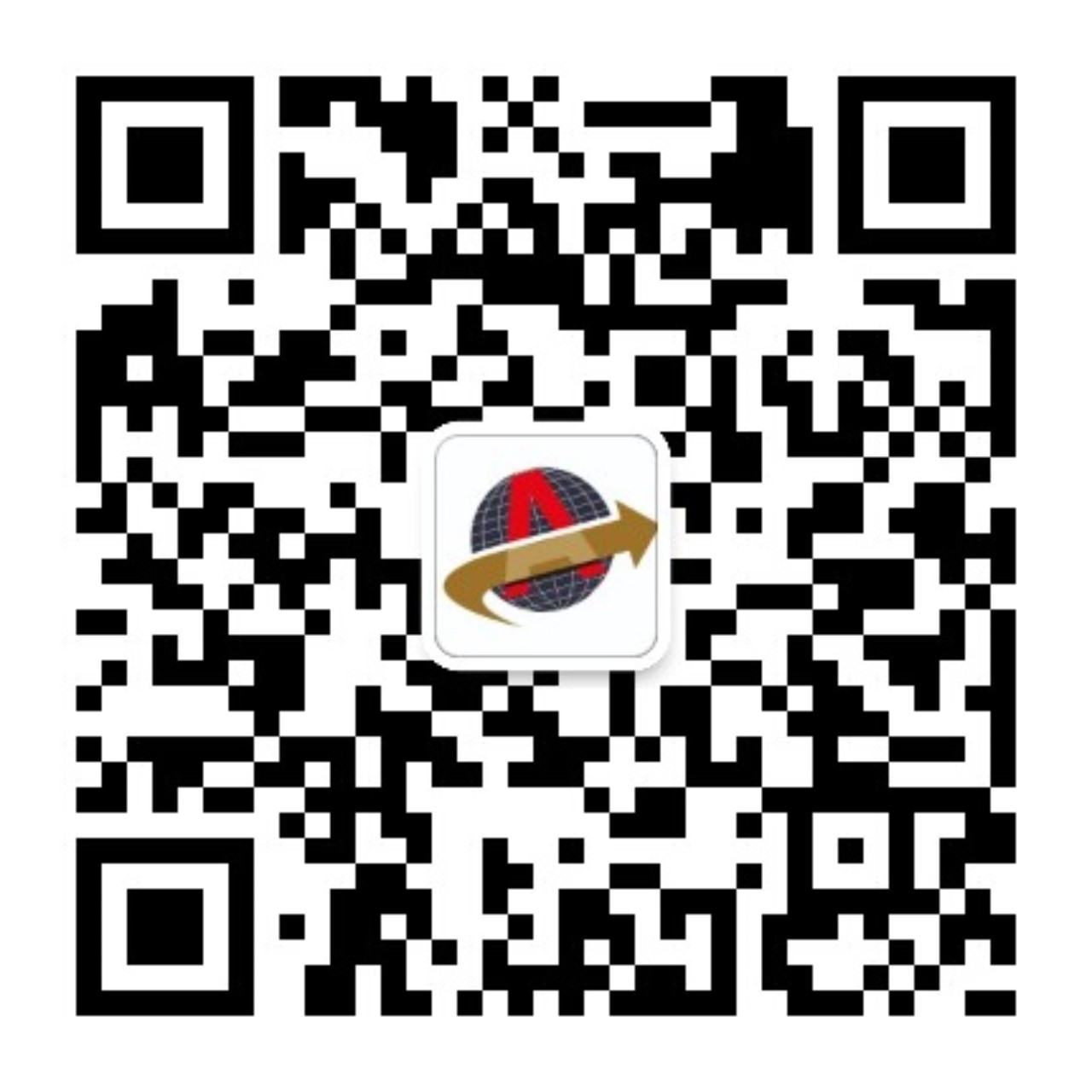Investment Overview of Serbia

Investment Overview of Serbia
Republic of Serbia (Serbian: Република Србија, latin alphabet: Republika Srbija, English: The Republic of Serbia, abbreviated as "Serbia", is a landlocked country located in southeastern Europe, in the central Balkans. Serbia has a total land area of 88500 square kilometers (including 10900 square kilometers in Kosovo), bordering Montenegro, Bosnia and Herzegovina, Croatia, Hungary, Romania, Bulgaria, North Macedonia, and Albania. The capital of Serbia is Belgrade, with a population of approximately 1.68 million (as of 2023).
historical background
The history of Serbia can be traced back to the 9th century, when some Slavs migrated to the Balkan Peninsula and established countries such as Serbia. After World War I, Serbia joined the Kingdom of Yugoslavia. After World War II, Serbia became one of the six republics of the Socialist Federal Republic of Yugoslavia. In 1991, Yugoslavia began to disintegrate, and in 1992 Serbia and Montenegro formed the Federal Republic of Yugoslavia. In 2003, the Federal Republic of Yugoslavia was renamed Serbia and Montenegro. In 2006, Montenegro declared independence and Serbia inherited its status as a subject of international law.
political system
Serbia implements a unicameral parliamentary system, where the parliament is elected through direct elections for a term of four years. The current speaker is Ana Burnabic. The government is led by the Prime Minister, and the current Prime Minister is Milo š Vu č evi ć. The head of state is President Aleksandar Vucic, who took office in 2017 and was re elected in 2022.
Economic situation
Serbia has actively implemented economic reforms, promoted privatization, improved the investment environment, and achieved economic growth. The gross domestic product in 2022 is 60.37 billion euros, with a per capita gross domestic product of 8917 euros.
Culture and Religion
The official language of Serbia is Serbian, and the main religion is Eastern Orthodox. The National Day is on February 15th.
The economic profile of Serbia mainly includes the following aspects:
Economic performance: Serbia's economy has grown significantly faster than the EU in recent years, with an average growth rate of 2.5 times that of the EU in the past six years. In 2022, Serbia's Gross Domestic Product (GDP) was 60.37 billion euros, with a per capita GDP of 8917 euros. In 2024, Serbia's total GDP will reach 85.8 billion US dollars.
Industrial structure: Serbia's economy is dominated by the service sector, especially in industries such as finance, tourism, and transportation. The industrial foundation is relatively weak, mainly concentrated in fields such as food processing, automobiles, and chemicals. The automobile industry is gradually becoming a pillar industry in Serbia, attracting multiple foreign-funded enterprises to invest in automobile assembly and spare parts production.
Foreign trade: Serbia's foreign trade mainly relies on Danube shipping, especially Belgrade as an important river port, which promotes international trade for landlocked countries. In recent years, China has also increased its investment in Serbia. For example, Shandong Linglong Tire's factory in Serbia has been completed and put into operation, becoming the largest green investment project in the area. Investment environment: Serbia actively implements economic reforms and privatization, improves the investment environment, and attracts a large amount of foreign investment. For example, Fiat Group of Italy's investment in Serbia has rebuilt the center of the automotive industry. In addition, the information and communication technology (ICT) industry is also an advantageous field for Serbia, with an annual export value of nearly 4 billion US dollars.
The investment prospects in Serbia are generally optimistic, especially in the areas of new energy and infrastructure construction, which have significant development potential.
Investment prospect analysis
In the field of new energy: Serbia has developed rapidly in the field of new energy, and the government has actively promoted energy transformation, setting clear goals for the development of new energy. For example, Serbia plans to achieve an installed capacity of 9.3 gigawatts by 2030, increase to 10.4 gigawatts by 2040, and reach 13.4 gigawatts by 2050. In addition, Serbia has abundant wind and solar energy resources, with an average wind speed of 4.71 meters per second and an annual sunshine duration of 2300 hours, higher than the European average.
Infrastructure construction: Serbia is actively promoting infrastructure construction, especially in the fields of transportation and communication. For example, China has invested in projects such as the Hungary Serbia railway in Serbia through the "the Belt and Road" initiative. These infrastructure projects not only enhance Serbia's transportation network, but also provide a favorable investment environment for foreign investors.
Economic data and policy support: In 2023, Serbia's total economic output is approximately 69.1 billion euros, a year-on-year increase of 2.5%, with a per capita GDP of 10000 euros. The Serbian government has provided a series of preferential policies, such as offering up to 50% investment subsidies for large investment projects and tax exemptions in certain economic zones. In addition, Serbia has signed free trade agreements with multiple countries and regions, including the China Serbia Free Trade Agreement, which provides extensive duty-free market access for enterprises investing in Serbia.
analysis of investment environment
Strategic geographical location: Serbia is located in the southwest of the Balkan Peninsula in Europe, serving as an important hub connecting Western Europe and the Middle East. This unique geographical location makes it an ideal springboard to enter the EU market, especially under the "the Belt and Road" initiative, Serbia's strategic position is more prominent.
Labor Advantage: Serbia has a high-quality and relatively low-cost workforce. In 2021, Serbia's per capita net income was 64645 dinars per month (approximately 550 euros), which is quite competitive within Europe. Meanwhile, Serbia has a high level of education, with approximately 40000 university graduates entering the job market each year.
Political stability: Although Serbia has recently experienced political turmoil, China has provided stable economic support by investing in local infrastructure through the "the Belt and Road" initiative.



